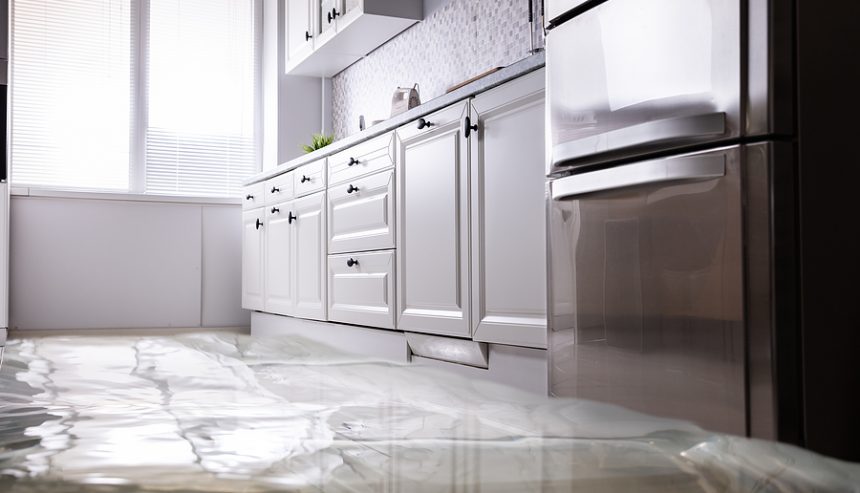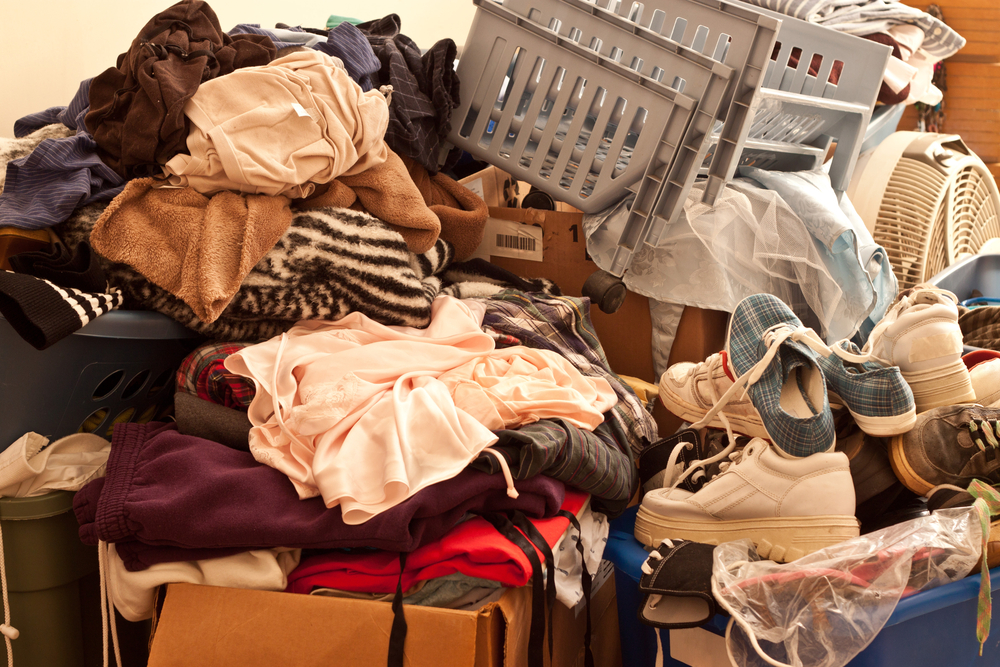Water damage can strike unexpectedly, whether it’s from heavy rainfall, a burst pipe, or an overflowing appliance. PuroClean of Noblesville has a proven combination of training, state-of-the-art equipment, and efficient relationships with insurance and other partners in your area. According to rubyhome.com, about 1 in 60 insured homes makes a claim for water or freezing damage each year. In Indiana, where weather can range from heavy spring rains to winter ice dams, knowing how to handle water damage quickly and effectively is critical.
Step 1: Ensure Safety First
Your safety should be your top priority. Before addressing water damage, take the following precautions:
- Turn Off Electricity: If water has reached electrical outlets, appliances, or wiring, shut off power to avoid the risk of electrocution. If you’re unsure, contact a professional.
- Avoid Contaminated Water: If the water source is from sewage or floodwaters, avoid direct contact, as it may contain harmful bacteria or chemicals.
- Check Structural Integrity: If the water damage is extensive, inspect for sagging ceilings, warped floors, or compromised walls. Avoid these areas until they’re assessed by a professional.
Step 2: Stop the Water Source
Identifying and stopping the water source is crucial to minimize damage. Common sources include:
- Burst Pipes: Shut off your home’s main water supply valve.
- Roof Leaks: Cover the damaged area with a tarp or plastic sheeting until repairs can be made.
- Appliance Malfunctions: Disconnect and repair any faulty appliances.
If the water is from external flooding, limit its entry by using sandbags or sealing vulnerable points.
Step 3: Document the Damage
Before cleaning or repairing anything, document the damage for insurance purposes. Take clear photos and videos of:
- Water levels and affected areas.
- Damaged belongings.
- Structural issues.
This documentation will help you when filing an insurance claim
Step 4: Contact Your Insurance Company
Indiana homeowners’ insurance policies often cover water damage caused by sudden and accidental incidents, like burst pipes. However, damage from floods typically requires separate flood insurance. Reach out to your insurer to:
- Report the damage.
- Clarify your coverage.
- Begin the claims process.
They may also recommend approved restoration processes.
Step 5: Begin the Drying Process
To prevent mold growth, it’s critical to dry out your home quickly:
- Remove Standing Water: Use a wet/dry vacuum, sump pump, or towels to remove water.
- Ventilate the Area: Open windows and doors to improve airflow.
- Use Dehumidifiers and Fans: These tools can help dry out walls, floors, and furniture more quickly.
If water has seeped into walls or flooring, professional drying equipment may be necessary.
Step 6: Clean and Disinfect
Once the area is dry, clean and disinfect to prevent bacteria and mold:
- Use a bleach-water solution to sanitize hard surfaces.
- Wash fabric items, like curtains and rugs, in hot water.
- If not thoroughly cleaned, discard porous materials, such as carpets or drywall.
Step 7: Repair and Restore
After the area is dry and clean, assess the repairs needed. This may include:
- Replacing drywall, flooring, or insulation.
- Fixing structural damage.
- Repairing or replacing furniture and appliances.
Hiring a licensed contractor is recommended for major repairs to ensure the work complies with building codes.
Dealing with water damage can be stressful, but quick action can save you time, money, and frustration. If you’ve experienced water damage in Indiana, act quickly and don’t hesitate to contact professionals to ensure your home and family are safe. PuroClean proudly serves residential and commercial clients using our state-of-the-art tools and equipment. Our skilled and professional property restoration experts are available 24/7 for water damage restoration. Call our office at (317) 210-2323.




 PuroClean of Noblesville
PuroClean of Noblesville